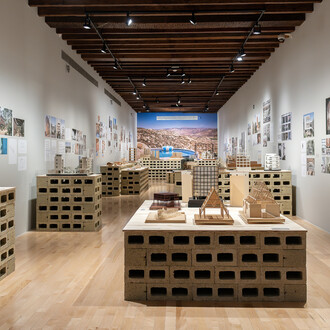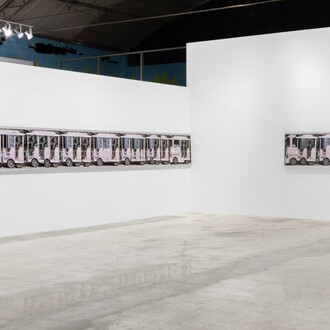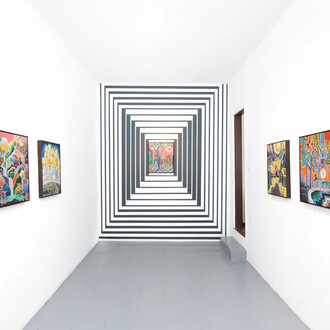In pre-Columbian times it would have been unthinkable to sustain any form of civilized life without access to the varied products of the mountain. El Tajín could not have gone unnoticed to the towns of the Sierra Norte de Puebla (Puebla’s Northern Sierra). Both had the leading role in a long relationship that was modified over time. Our present lack of knowledge of the archeology of the mountain, with the exception of Yohualichan, promoted a particularly disadvantageous condition of study to clarify the role that had in the civilization of El Tajín. If we take advantage of what we know about the material culture of the Sierra, we might even assume that there is a real absence of a manifest local component in different expressions from those we now consider as characteristic to the coast of the Gulf of Mexico.
However, this phenomenon - only of an apparent nature - is a clear process of tajinization, if we assert the term, occurred in the mountain during a period in which El Tajín reached its greatest cultural peak (ca. 600-1100 C.E.) and where the original substrate was hidden, if not completely displaced, by a model of civilization that would eventually reproduce given the very long period during which there was a relationship based first on trade and then on a true political and ideological subjection of the mountain villages.
This exhibition comes from an unprecedented institutional effort that has brought Museo Amparo, Universidad Nacional Autónoma de México and Instituto Nacional de Antropología e Historia together with the purpose of showing the cultural development of the Sierra Norte de Puebla in times of El Tajín. In the galleries, objects never shown before are brought together, coming from both the coastal plain and the mountain. This immense territory was once the natural setting of Tajín civilization. Although these lands came under their control, there was a time when political power was divided into a constellation of small towns. They were times in which each settlement worshiped its own ruler, exalting its divine character in stone stelae according to identical sculptural conventions. It was the same culture, yet expressed in diverse places of the territory and through the proclamations of different sovereigns.












